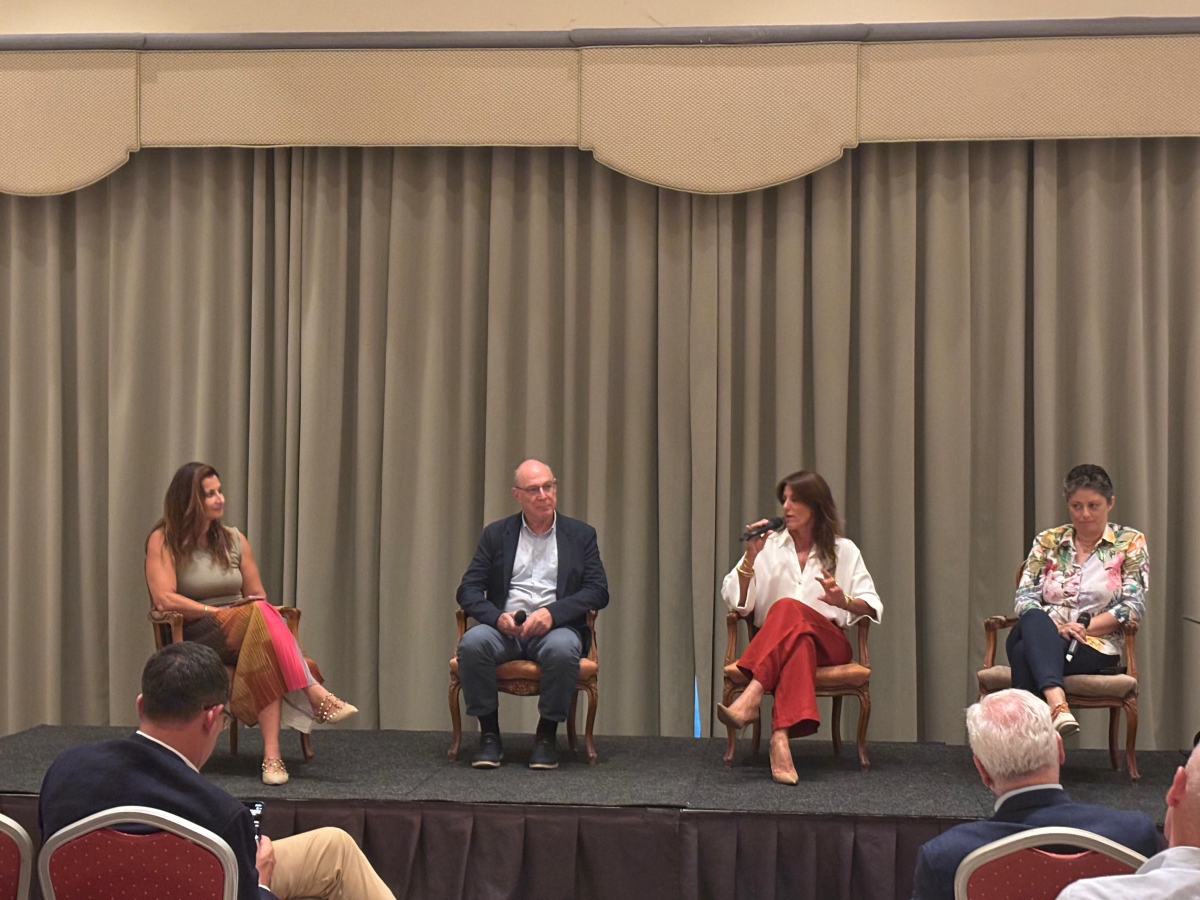CEOs are obsessed with metrics. From profit and loss statements to customer acquisition costs, every part of the business is tracked and optimised. However, when it comes to their most critical asset, their people, many still rely on intuition and spreadsheets.
To understand the shift from administrative HR to data-driven people strategy, we spoke with Mark Camilleri Gambin, co-founder and Chief Product Officer at Talexio.
“Historically, people management was seen as purely administrative,” Camilleri Gambin explains. The fundamental change today is that modern HR software is no longer just software for payroll or leave requests, but a business intelligence tool. Every piece of data, including turnover rates, sentiment, engagement scores, and performance metrics, is a vital sign of the company’s health.”
The real cost of losing your top talent
For many leaders, a resignation letter from a top performer is the first sign of a problem. Camilleri Gambin argues that, at this point, the battle is already lost.
“Consider the cost of losing a key employee,” he explains. “First, there’s the immediate rush to counteroffer, which rarely works. Then, you’re looking at a minimum of three months to find a replacement and another three for them to reach full productivity.”
He notes that this doesn’t even account for collateral damage, such as delayed projects and a decline in customer satisfaction. “The core issue is that leadership didn’t see it coming. While tracking every other metric, they were lacking crucial insights on their most valuable asset – people.
A proper system can answer the critical questions: Are engagement levels declining in a specific department? Does an anomaly in overtime hours signal burnout? It can flag these patterns before the problem arises.”
The issue of manual processes
In addition to talent retention, manual HR drains time and creates serious compliance risks, emphasises further Camilleri Gambin.
“Think about a folder of emailed leave requests or WhatsApp chats about sick days,” he says. “Every manual payroll action is a potential error, and every undocumented policy is a future complaint. The immediate risk is a payroll mistake or a fine, but the bigger, hidden cost is that you’re completely in the dark. You can’t spot trends like rising absenteeism or team workload issues. Without a centralised system, you can’t even ask these critical questions, let alone answer them.”
“A modern platform transforms administrative data into operational intelligence, enabling you to optimise scheduling, forecast talent needs and identify skill gaps,” he explains.
HR as a strategic tool
A common objection among SMEs is that dedicated HR infrastructure is an unnecessary bureaucracy.
“Believing you’re ‘too small’ for a proper HR infrastructure is a fundamental misunderstanding of its purpose,” he says. “This isn’t about increasing HR headcount, but reducing mundane tasks and empowering your leadership with the insights needed to contribute strategically to building your business. Even small teams can adopt a modern system at a low cost, set it up in a day, and immediately benefit from greater efficiency and having data at hand.”
He explains that a modern platform’s automation of essential tasks, such as onboarding and payroll, is just the beginning. “The real benefit lies in the strategic insights it provides. The dashboard doesn’t just show your organisation’s data, it benchmarks salary structures and turnover rates for you and highlights areas you should pay attention to. Instead of reacting after issues arise, you can get proactive, narrative-based insights that guide your decisions and keep your strategies competitive and effective. This level of automation makes it easier to act quickly and confidently.”
Ultimately, Camilleri Gambin offers business leaders a choice. “You can either continue to rely on gut feelings and spreadsheets, constantly reacting to problems as they arise, or you can start using your own data to drive strategy.”
He believes that making this shift is crucial to achieving a sustainable competitive advantage and significant efficiency gains. “This doesn’t require a complete overhaul. It starts with recognising people management as a core strategic function, informed by actionable insights. In a market where everyone is competing for the same talent, the companies that will succeed are those that can identify, anticipate, and respond to the trends hidden in their own workforce data.”
Are you looking for a comprehensive HR solution tailored to Malta’s business environment? Talexio provides integrated payroll, analytics and compliance tools developed by Maltese experts with a deep understanding of the local market. Book a demo to discover how data-driven insights can improve your business operations.
The price of rarity: When wine becomes more than just wine
Is it the wine, or is it the story?
The Nationalist Party’s first-ever CEO is lawyer Sabine Agius Cabourdin
New Nationalist leader Alex Borg announced four new roles in his party shake-up
How Malta’s business leaders are spending the Feast of Our Lady of Victory
A blend of faith, family, and much-needed rest.
18 months in: Lessons from my solopreneur journey
Not a how-to guide – a personal story of learning, stretching and growing.










